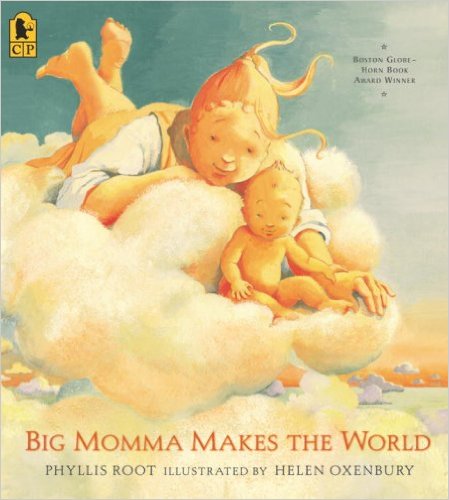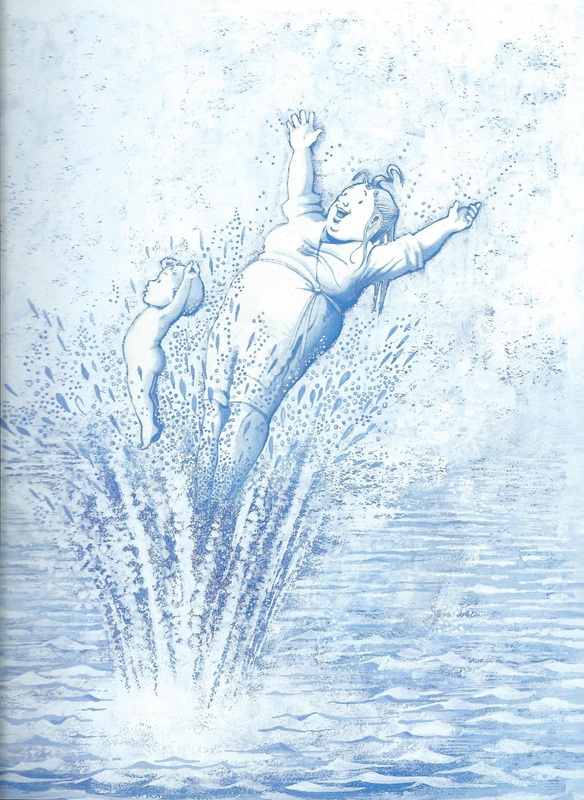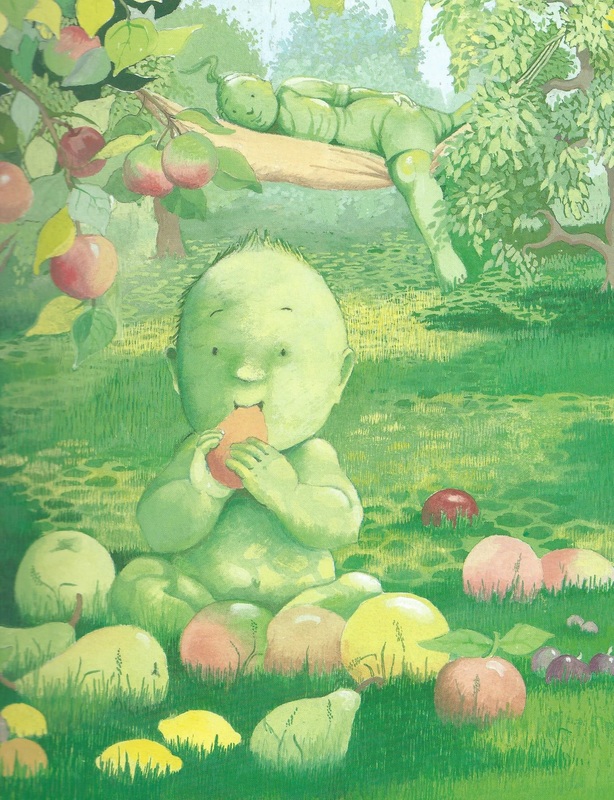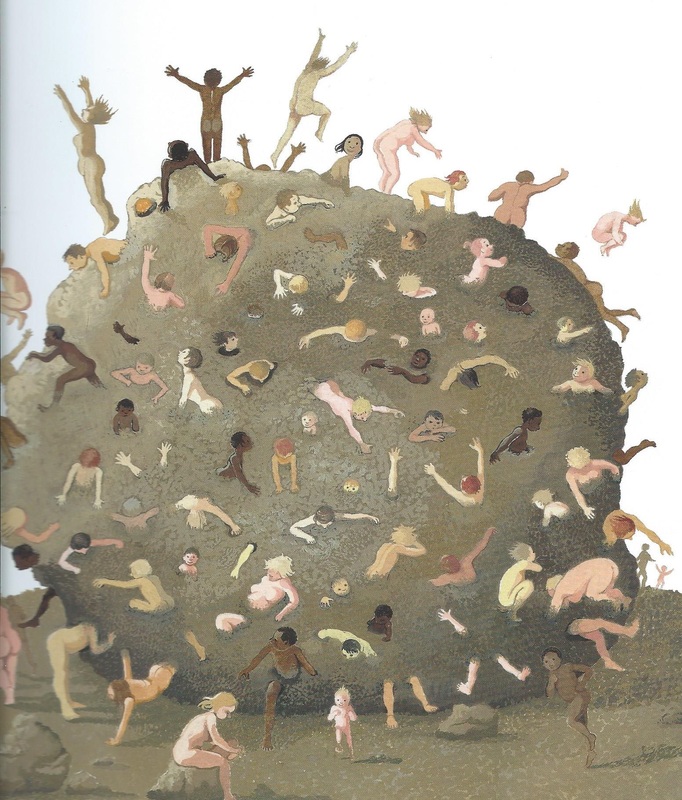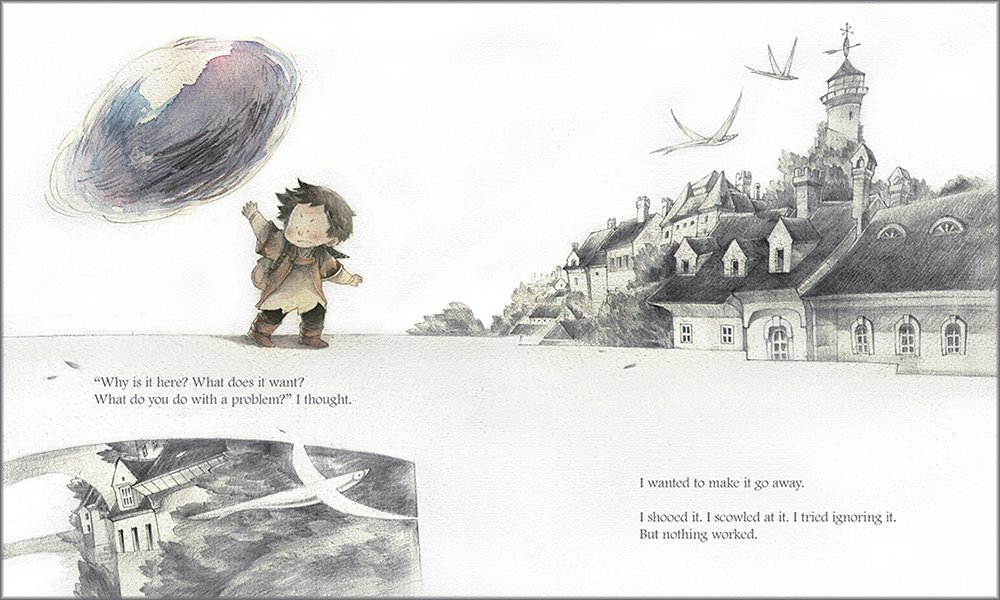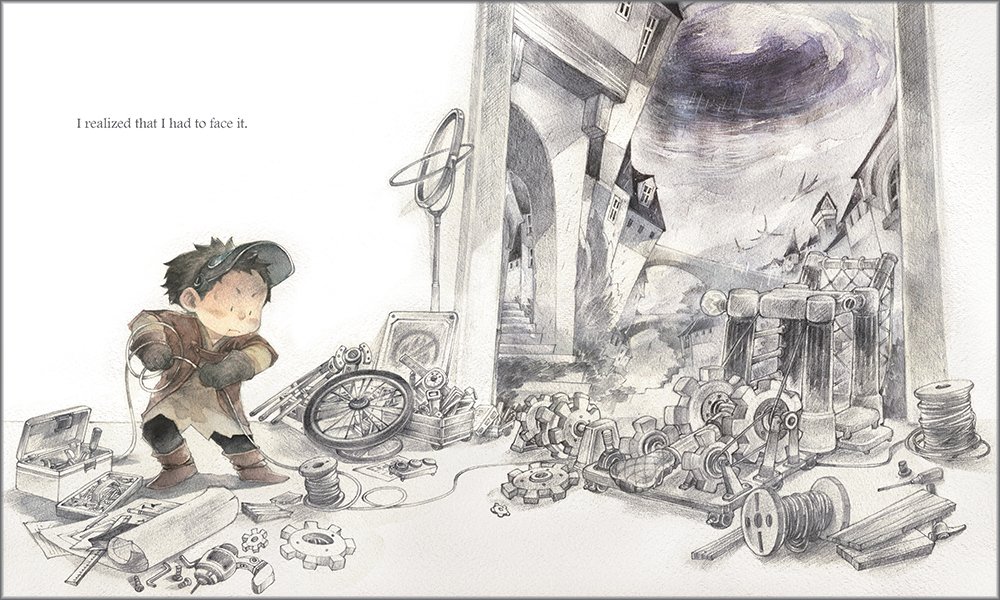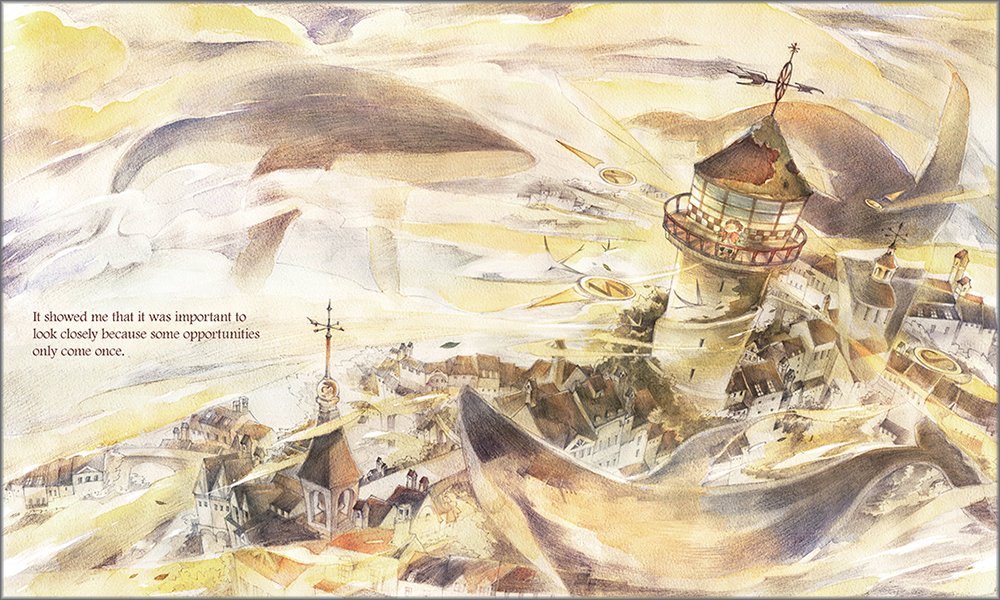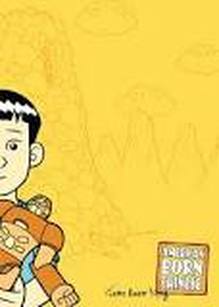By Regina McMenamin Lloyd
| In a lecture at Hamline University, Swati Avasthi pointed to the inclusivity of Big Mama Makes the World by Phyllis Root. In her lecture, she discussed that through imagery the illustrator Helen Oxenbury created a place for all readers to identify with the protagonists in the book. Creating Mama and Baby as blue and green created inclusion. |
The textual elements also spoke to inclusivity.
So Big Mama |
A message of universality and inclusivity
| Kobi Yamada, the award winning and New York Times Best Selling writer of What Do You Do With An Idea? teamed up again with illustrator Mae Besom to create What Do You Do With A Problem? In the new book, the hero's ethnicity is not apparent. (nor is it part of the story) The child could be a boy or a girl. The problem is not clearly defined, but what is defined is the weight the problem has on the child. This opens a window to most children to create their own narrative about what the story is about. |
But what of Specificity?
| At the 2016 National Book Festival, I saw Gene Yang give a talk, in that he was asked by an audience member what advise he would give young Asian writers? He said something to the effect of, I would tell any writer that speaking to your experience has a universal appeal. (He said it more eloquently, of course....) But my takeaway was this, the specificity of his details within American Born Chinese made it more universally relate-able. I thought WOW. Which details create inclusion? Which specifics claim universality? It is all more complex. I just thought it comes down to your authentic truth. Is your truth to go wide and wrap your long Big Mama arms around the world or to go deep and find that place of humanity to allow your readers into the circumstances of one character's life? |
Writer's Apology
In the original post of this message I confused the term "universality" with "inclusivity." While I was inspired by Swati Avasthi's lecture, I didn't get it right. Swati had described Big Momma as inclusive, not universal. Of course, a Christian Narrative wouldn't be universal, to me, my mistake here is one our site strives to fight against... The idea of Christianity as universal... It goes to show that even when you are trying to be inclusive or universal, the challenge is harder than your gut reaction. I am sorry to Swati for misquoting her, I am also happy she brought this to my attention. I think I was wrongfully using these words as synonymous, lesson learned:)
